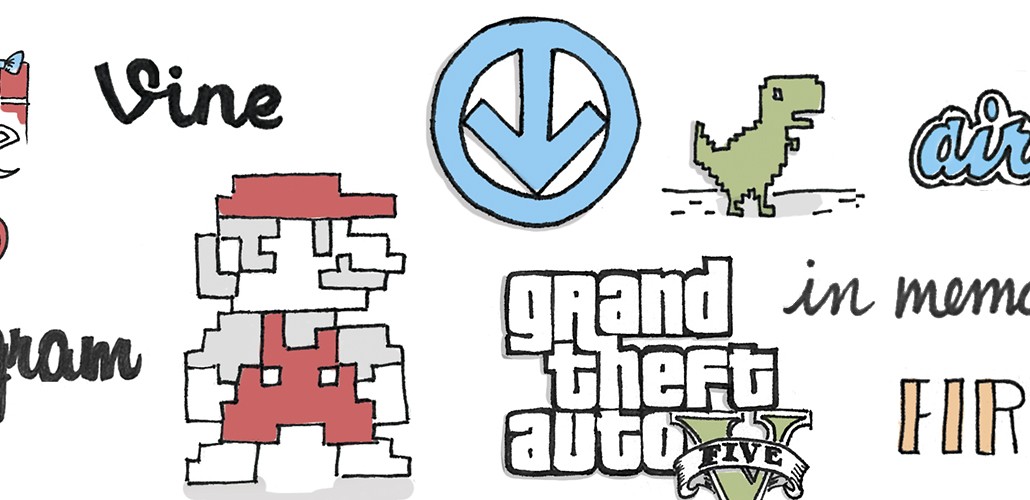Last weekend, TP1 participated in UX Camp Ottawa, a conference featuring high-profile speakers like Jesse James Garrett and Lisa Reichelt. As a gold sponsor, we were truly excited about participating, especially since the event was taking place at the Canadian Museum of Civilization, in a building that we are particularly fond of since we worked on the exploration project for artist Alex Janvier’s masterpiece, Morning Star. I was also invited to give a short presentation on the theme of polite design (you can view the presentation here).
In all, six of us from the TP1 team travelled to Ottawa and I asked each one member to write a review of the presentation they most enjoyed. Here’s what they said:
The Showroom and the Warehouse: What if you don’t own the entire experience?
JASON WESTERLUND, National Arts Center (NAC), (Ottawa, ON)
Many companies that do business online mandate a third party to manage the transactional portion of their activities. There are many reasons for this: question of savings, technical capacity, etc. This, however, can be a nightmare for the person who ensures your user experience, as it complicates proper management of various interfaces that are fundamentally different. Jason Westerlund spoke about the division between the “showcase experience” and the “warehouse experience”.
This was a daily challenge at the National Arts Centre (NAC), because the team had no control over the transactional aspect of the purchase process. In order to improve the overall experience, he and his team implemented a battery of user tests to get solid results. According to Westerlund, however, the most crucial element is close collaboration with the team providing transactional solutions for online business. A luxury that large vendors can afford, but that forces smaller businesses to opt for less customizable transactional solutions.
– John Pankert, Web Strategist, TP1 –
Design is Medicine
JUHAN SONIN, Involution / MIT (Boston, MA)
Data collection tools for human health are in constant evolution. Today, medical professionals evaluate the health of their patients using tools like the stethoscope, but in industrialized countries, doctors may soon be able to use portable data collection tools such as Nike Fuelband.
In coming years, we’ll see the emergence of more non-intrusive medical devices, able to gather information about our health simply by assessing our appearance or the quality of our breath. According to Juhan Sonin, the design of this type of instrument could have a huge impact on humanity’s general health all over the world (in all countries).
– Geneviève Monette, User Experience Designer, TP1 –
How Constraints Cultivate Growth
SHAY HOWE, Belly (Chicago, IL)
Tight budgets, lack of time, limited technology, difficult clients, etc. The challenges may differ from one project to another, but they are definitely unavoidable, and oftentimes, oppressive. I have often said that a good designer must work with these constraints, rather than try to avoid them; instead, doubling his creativity in order to reach his objectives.
Shay Howe was inspired by the healing process that enabled his father to regain vision in an injured eye to launch a perilous experiment that would test the mettle of his creativity. The designer changed roles with his partner (a programmer) to take them both out of their respective comfort zones and force them to discover unknown talents. Such an enriching experience could give us a new outlook on how to deal with challenges in our own work flow.
– Guillaume Granger, Artistic Director, TP1 –
User Centred Government
LEISA REICHEL, Government Digital Service (GDS), (UK)
Government website are rarely noted for being intuitive and user friendly. Nonetheless, the launch of the GOV.UK platform has shown us that these massive information portals can, indeed, be useful tools adapted to the needs of its users.
During her presentation, Leisa Reichel explained how she and her team successfully brought together the service offers of many departments and government agencies into one unified and consistent platform. A multi-disciplinary team, frequent testing with end users and iterative development of the solution all contributed to the successful delivery of this project.
However, in my opinion, what made this project so different from other websites of the same kind is that GOV.UK understands that user experience must also be taken into consideration when government policies are being defined. As Leisa said, “You can’t interface away bad policy”. This holistic view of user experience actually persuaded other departments to get involved in the process and deliver a platform that improves the lives of its users.
– Marie-Claude Landry, Production Director, TP1 –
Polite Design: Because Users are Human
CYNTHIA SAVARD SAUCIER, TP1, (Montréal, CA)
To users, computers are a lot more than passive, mechanical tools. Unlike calculators, which simply accomplish what is being asked, computers have very specific (and more human) abilities; namely, to help, remember information, collect data, anticipate actions, use basic, natural language and even make choices on the user’s behalf.
These abilities create a fragile relationship between human and machine. As Christopher Allan Miller writes, “If I hit my thumb with a hammer I blame myself, not the hammer.” But that’s not what we observe with computers. Users have the tendency to blame software for mistakes they themselves have made.
This means that as creators and user experience designers, we have to go that extra mile to be polite towards the user. “Polite” software is helpful and transparent, is easily understood and respects the user’s choices.
To see examples and learn more, check out my presentation here.
– Cynthia Savard Saucier, Project Lead, User Experience Designer, TP1 –
*Miller, Christopher Allan (2004): Human-computer Etiquette: Managing Expectations with Intentional Agents. InCommunications of the ACM, 47 (4) pp. 30-61


